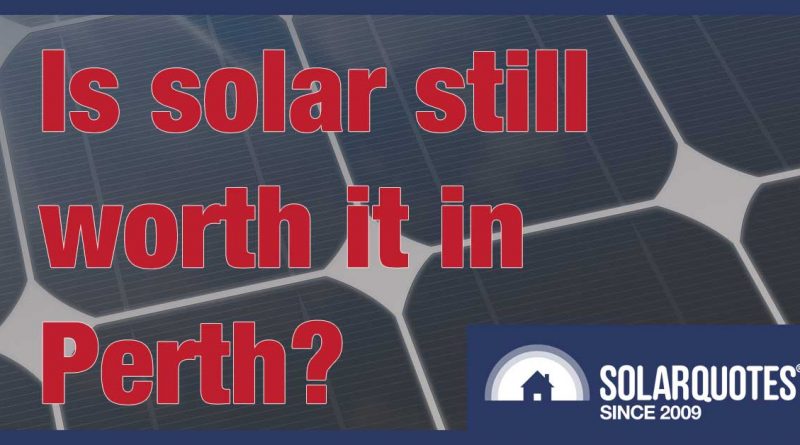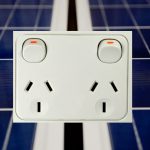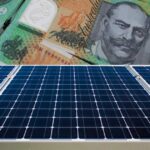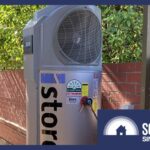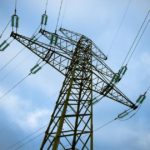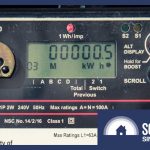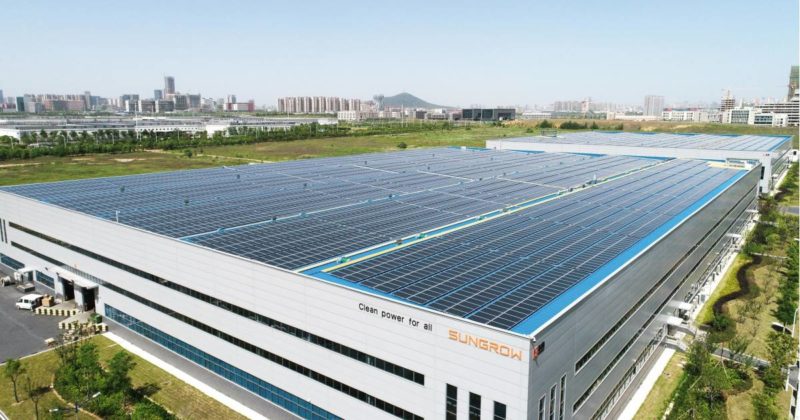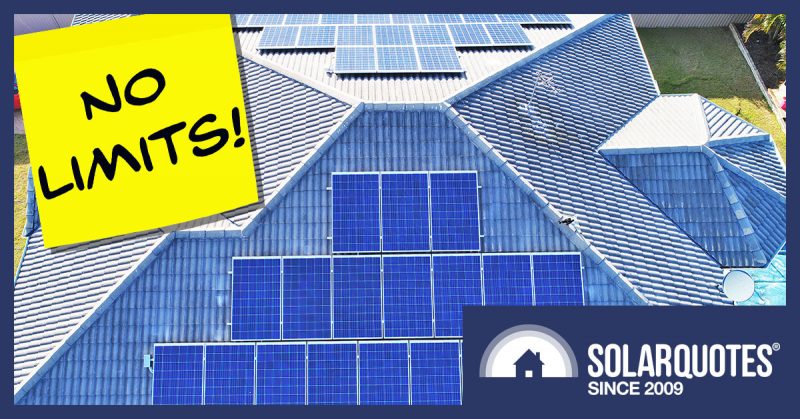Is Solar Still Worth It In Perth?
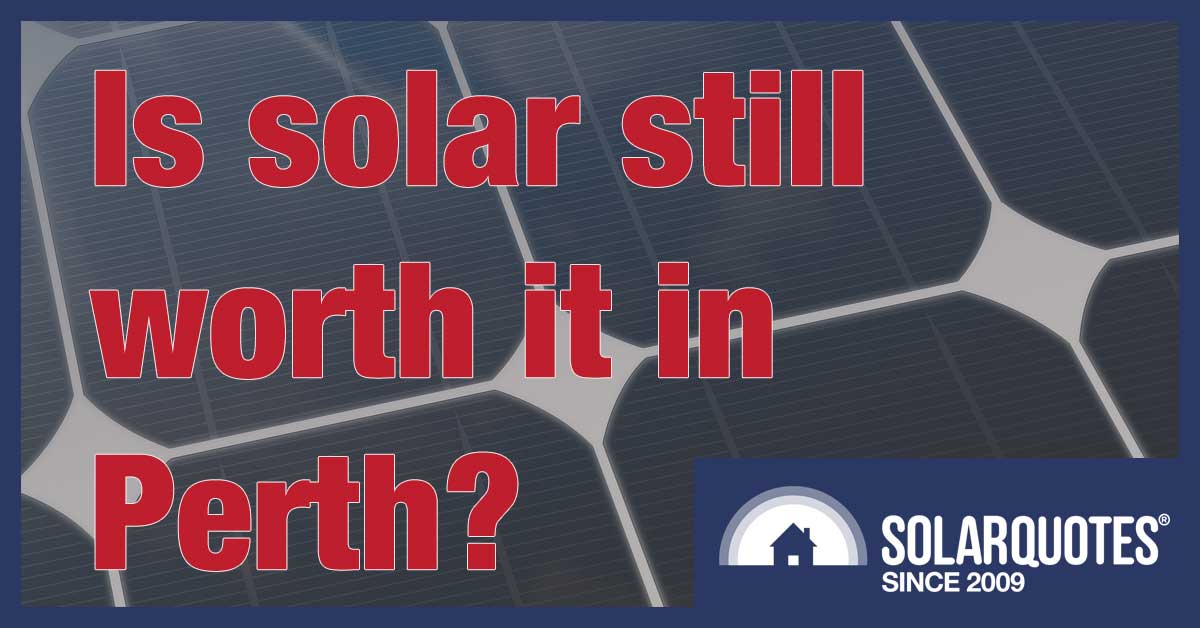
Short Answer: Yes. While the payback of solar in Perth is now longer, you can still own your Perth home faster with solar power than without — despite WA’s miserable feed-in tariff.
Longer answer: Read on…
The solar feed-in tariff in Western Australia has been cut to the bone and beyond. Since the end of August, all newly installed systems will only receive 3 cents for every kilowatt-hour of clean solar energy they send into the grid until 3:00 pm. It then rises to rises to 10 cents but, because solar electricity output falls rapidly in the late afternoon, most homes will receive an average of under 4 cents per kilowatt-hour. An amount insufficient to buy a bone for an itty bitty beagle.
Because of the new DEBS feed-in tariff, many Western Australians are wondering if solar power is still a good deal. It’s not as good as it was but — thanks to the lowest rooftop solar prices in the world — it’s still worthwhile for the majority of households. On a Perth roof without significant shading, installing a solar system is a better investment than putting the money towards paying off the home. In other words, if you put solar panels on your roof, you’ll be able to own your home faster.
I’ll begin by giving the simple payback time for solar in Perth — mainly because it’s simple to do. But then I’ll show how, even with the new low feed-in tariff, it makes more financial sense to use the savings from solar power help pay off a home loan than put the money directly towards paying it off. Over enough time, this applies even for households that self consume only a small amount of their solar energy.
Perth Has The Cheapest Solar In The World
A major reason why solar still pays for itself in WA is that the main population centre, Perth, has the lowest cost rooftop solar power systems in the world. The reason I’m saying Perth has the cheapest, rather than Western Australia as a whole, is because it’s a big state. Not counting the one it’s in, only eight countries are larger. If you live out in Paraburboo or Newman, you’re going to have to shell out more than in Billionairetopia, so I’ll just stick to Perth prices where nearly 80% of the population lives.
Before I reveal the cost of a 6.6 kilowatt system consisting of reliable hardware from a good solar installer in Perth who does high-quality work, there’s something I want to make very clear:
I don’t want anyone thinking they can get the same price anywhere else. In the future, all Australian capitals may have Perth prices, but we’re not there yet, and they’re likely to stay in the lead for a long time. So don’t be surprised when you find you can’t get quality solar for the same amount.
At the moment Perth residents can get a 6.6 kilowatt solar system from an installer who takes pride in their work for roughly $4,500. This system won’t have the best hardware available — you’ll have to pay more for a premium system — but it is enough to pay for panels and an inverter we consider reliable and well supported and recommend in our Solar 101 Guide.
Note it still pays to be careful as there are installers around who will gladly charge you $4,500 or more for a crap system.
Why So Cheap?
There are several reasons why solar is so cheap in Perth. While it’s poetically unjust, an important one is low feed-in tariffs have made installers focus on the bottom line. Also, the hard limit of 5 kilowatts of inverter capacity to receive any feed-in tariff at all has made solar installation more standardised than in the rest of Australia.
Perth Simple Payback Under 5 Years
The simple payback period is the amount of time it takes for savings on electricity bills to equal the cost of the solar system. A quick and easy way to work it out is to use the SolarQuotes Solar & Battery Calculator. It’s the best one I know of, and I’m confident I’d be saying that even if it hadn’t been made by my boss.
While our calculator is pretty good, it only provides an estimate, and it’s not possible and enter figures that are less than a full cent. But if I use the following information…
- A Perth postcode
- A 6.6 kilowatt north facing system.
- A total cost of $4,500
- Round up the price of grid electricity from 28.8 cents to 29 cents
- Round up my estimate of the average feed-in tariff for north-facing solar panels from 3.8 cents to 4 cents
- Use the default average solar electricity self-consumption figure of 23%
…then our calculator gives a simple payback time of just 4 years and 1 month:

Because you can expect solar to last a hell of a lot longer than 4 and a bit years, that’s a good investment despite the low feed-in tariff. In business the rule of thumb used to be investments that pay for themselves in 7 years or less are worthwhile but, thanks to low-interest rates, that’s out of date and the period is now longer.
Self Consumption & Simple Payback
Because the cost of grid electricity in WA is now nearly 10 times higher than the feed-in tariff for new solar for most of the day, the more solar energy a home self consumes, the shorter the simple payback period will be. The example above used an average of 23% for a 6.6 kilowatt, north-facing, solar system in Perth. But if a home has high electricity consumption or people are usually at home during the day, the percentage can be much higher. Conversely, if the home is usually empty during daylight hours, it can be considerably lower.
If I enter the following self-consumption percentages into our calculator while keeping everything else the same, it gives the following simple payback periods:
- 30% self-consumption: 3 years and 5 months
- 10% self-consumption: 6 years
While low self-consumption increases the simple payback time by nearly 50% compared to average self-consumption, many people will still consider a 6 year simple payback period worthwhile.
Precise Simple Payback Times
While the calculator is very good, it doesn’t allow amounts of less than one whole cent, and it doesn’t let me assume the price of grid electricity will fall. To get around this, I will do some simple Perth payback calculations by hand. (If you use your hand to press the buttons on a calculator that counts as doing them by hand.) I’ll do this for north, west, and east-facing solar panels, which will require me to estimate the average feed-in tariff received for these directions. This amount will depend on the direction of panels, roof pitch, and household electricity consumption patterns, but I think reasonable averages are:
- North facing solar: 3.8 cents
- West facing solar: 4.4 cents
- East facing solar: 3.5 cents.
Because the cost of renewable energy and natural gas has fallen, electricity prices should be falling in WA. Unfortunately, the state’s electricity sector is in such a deep financial hole this isn’t likely to happen over the next few years, so I’ll assume grid electricity prices will simply keep pace with inflation.
With the following assumptions:
- A 6.6 kilowatt system
- A total cost of $4,500
- A grid electricity cost of 28.8 cents
- Average solar energy self-consumption of 23% for north facing solar panels and 25% for east and west
Then the simple payback time for solar facing the following directions in Perth becomes:
- North: 4 years and 4 months
- West: 4 years and 8 months
- East: 4 years and 7 months
My estimate for north facing solar is a few months longer than what our Solar & Battery Calculator gives. This is mostly because I haven’t allowed for an electricity price increase.
My results show east facing solar has a slightly better payback time than west. This is not what I expected. I thought the higher feed-in tariff after 3:00 PM would favour west facing solar panels. But east does a little better because prevailing weather conditions means it generates around 9% more energy than west.
It’s common for systems to have panels facing two directions. So if you have an equal number of panels facing north and west, you can expect the simple payback period to be around the average of the two, making it approximately 4 years and 6 months.
Low Self Consumption Simple Payback
I used average self-consumption figures above, but now I’ll use much lower figures of:
- 10% self-consumption for north facing panels
- 12% self-consumption for west and east facing panels
This is meant to represent a Perth home where people are out for most of the day. I’m using slightly higher figures for east and west solar as the total generation will be less, which increases self-consumption, as does more generation in the early morning or late afternoon. Keeping the other figures the same, this makes the simple payback periods:
- North: 6 years and 7 months
- West: 6 years and 9 months
- East: 6 years and 11 months
So even with very low self-consumption, the simple payback period in Perth still comes in at under 7 years. In this case, west does better than east as low self-consumption makes its higher average feed-in tariff more important.
Pay Off Your Home Faster With Solar Panels
I could ask you to take me at my word and simply trust me when I tell you a simple payback time of under 7 years is a good deal. Instead, I’ll show people are better off getting solar panels and using the savings on electricity bills to help pay off their home than directly putting the cost of a solar system towards paying off their home. In other words, I’ll demonstrate you can pay your Perth home off faster with solar than without it.
To do this, it’s necessary to pick reasonable figures for:
- The home loan interest rate
- Inflation
- The cost of maintenance and repair for the solar system.
- The decline in solar output over time
Interest Rate: My bank says I can borrow for a home loan at a comparison rate1 of 2.8% while my friend told me he recently borrowed at a comparison rate of 2.7%. I’ll round this up to 3% to make things simple and cover a small increase in interest rates.
If you put an extra $4,500 towards paying off your home loan then, assuming everything is equal2, the money saved over time can be easily worked out with a compound interest calculator. This graph shows what happens to $4,500 invested at 3% over 30 years:
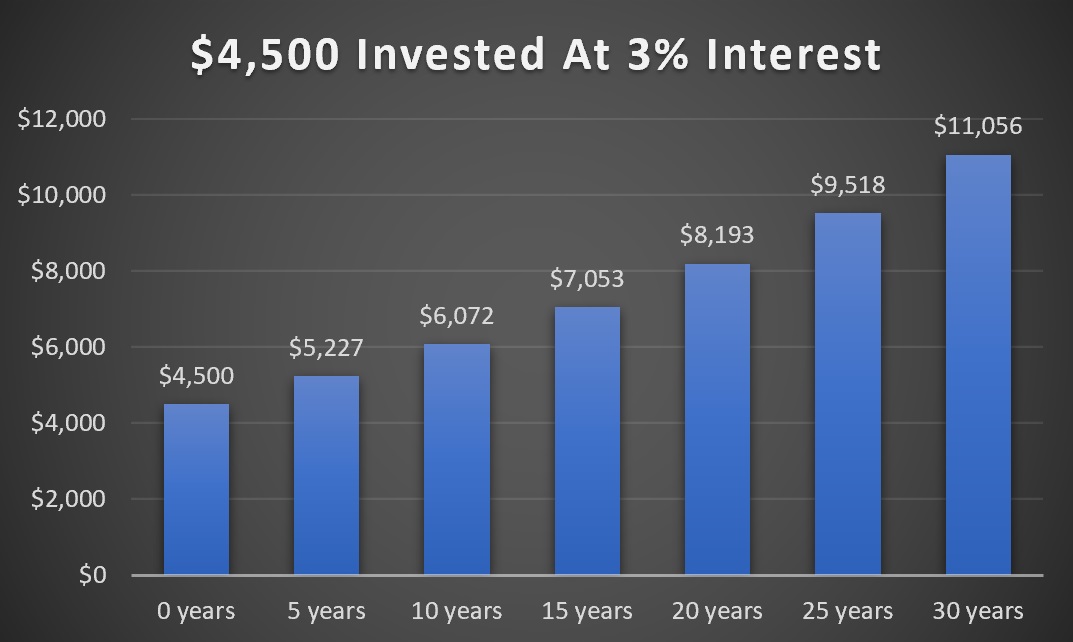
Note the figures in the graph above are not in today’s money, as they are not inflation-adjusted.
Inflation: If I invest $4,500 at 3% for 10 years, the graph above says it will increase to $6,072. However, it won’t be that much in today’s money because inflation erodes its value. Because I want all figures to be in today’s money to keep things simple, I must account for it. While I don’t know what the average future rate of inflation will be, I’d say 2% is a reasonable estimate. This means the real interest rate on a 3% investment or home loan is only 1%. If I invested $4,500 at a 1% real interest rate after 10 years it would be worth around $4,973 in today’s money:
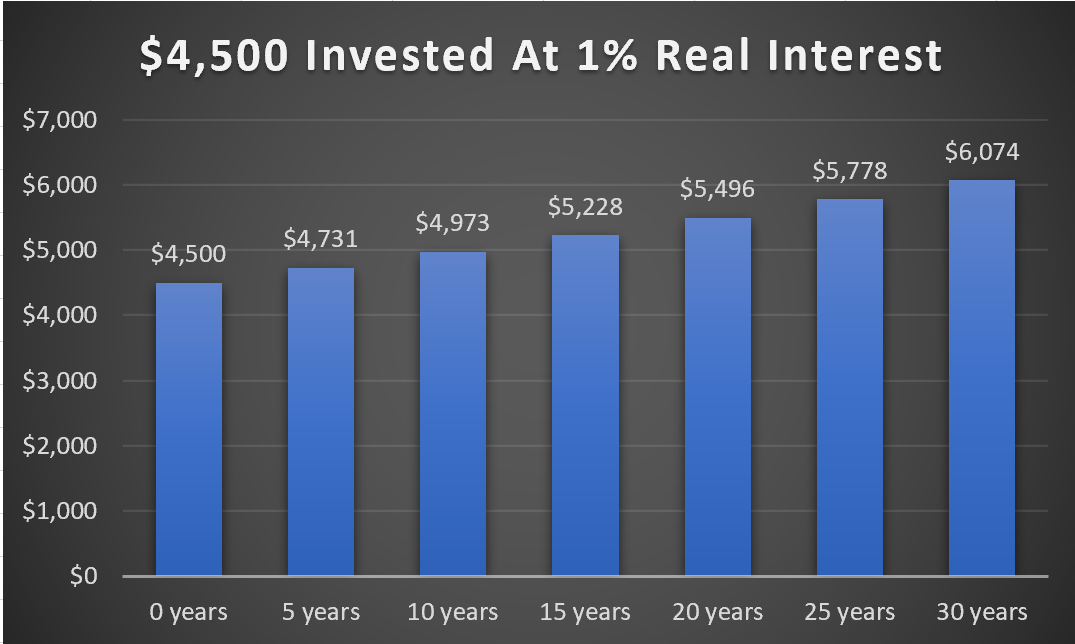
Inflation and Grid Electricity & Feed-in tariffs: While I don’t think WA will see any significant cuts in electricity prices in the next few years, I do believe the price of grid electricity will eventually reduce. To allow for this, I’ll assume Perth electricity prices will fall by 1% per year. I’ll also assume that the feed-in tariff won’t rise to compensate for inflation. While it’s possible the current, unfairly low, feed-in tariff for new solar will increase to something closer to its real value; I’m going to assume that won’t happen.
Maintenance & Repair of Solar: Decent quality solar can easily operate for well over a decade without a problem. But at some point, the inverter or another component will fail outside of warranty. It’s also a good idea to have a system inspected every 5 years. To allow for the cost of both inspections and repairs, I’ll allow $60 a year for the first 10 years, and after that, I’ll double it to $120 a year.
Decline in Solar Output: The output of solar systems gradually declines over time. Fortunately, for decent quality panels, this occurs very slowly, and I will allow a 0.5% reduction per year. This means a system will provide 95.1% of its maximum output after 10 years and 90.5% after 20 years. (The figures I’ve used for solar energy generation already take Light Induced Degradation or LID, which the majority of panels experience in the first day or so of use, into account.)
The Value Of Solar Power
Using the above figures, the cumulative savings from installing a 6.6 kilowatt, north facing, $4,500 solar system in Perth with average solar electricity self-consumption of 23% will come to:
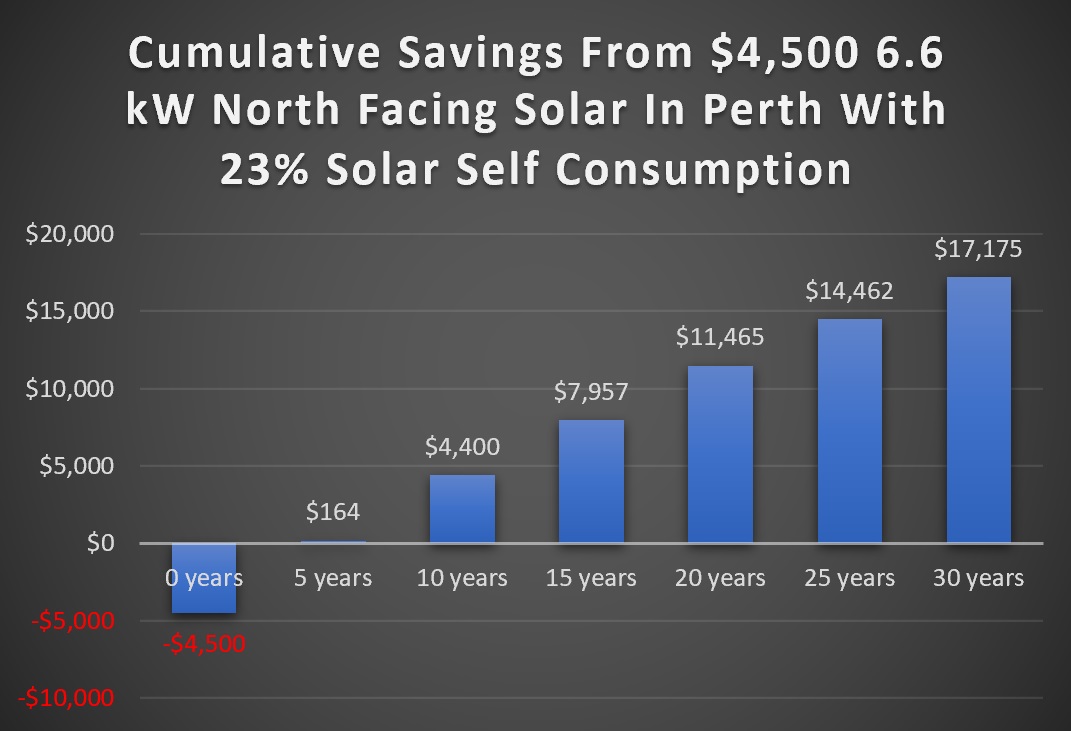
The initial investment means the homeowner is $4,500 out of pocket at the start, but by 5 years, the system has paid for itself. If you compare the savings to the graph of $4,500 invested at 1% real return, it looks as though solar is a better deal by year 11 and after that, becomes a far better investment. But the financial return is better than this if the savings put towards paying off the home loan — or simply invested at 1% real return.
Solar Power Vs Home Loan Payment
The graph below compares investing in solar in Perth and then putting the savings towards paying off a home loan at 1% real interest to simply putting the solar system cost directly towards the loan:
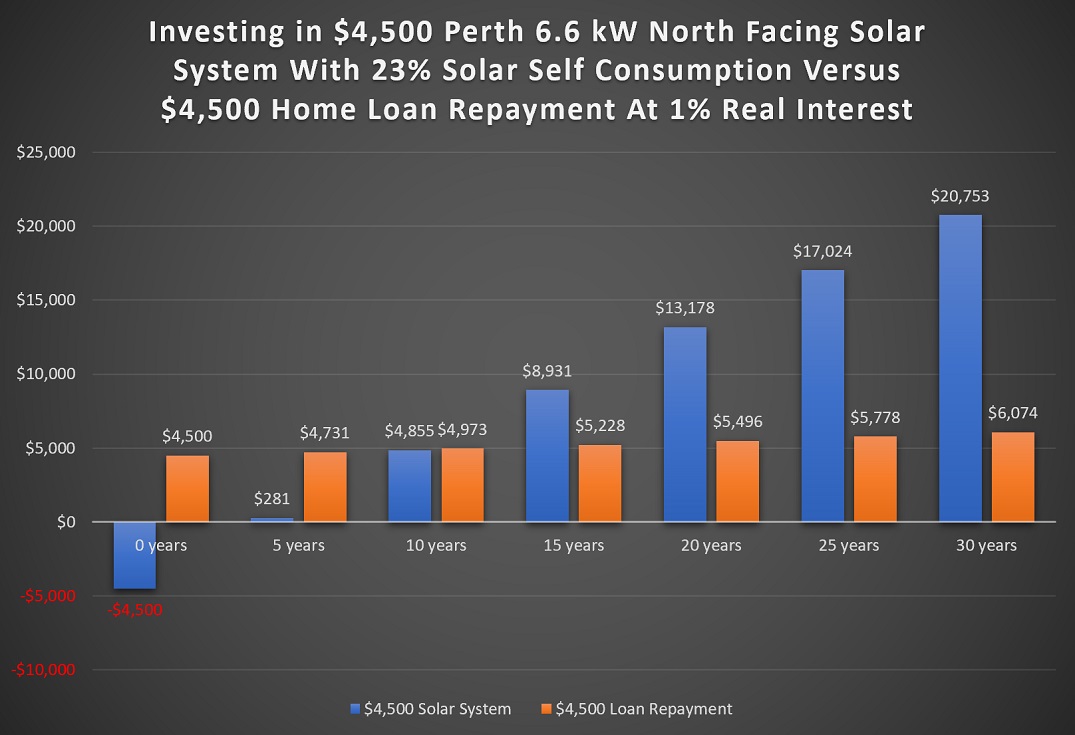
As you can see, the amount paid off the loan is nearly neck and neck in year 10 but by year 15 investing in solar panels leaves a Perth household far better off, and it continues to improve from there. By the 20 year mark, solar will have reduced the home loan by nearly two and a half times more.
If you don’t have a home loan, then this chart represents the difference between getting solar power and investing the savings at 1% real return or directly investing the cost of the solar system at 1% real return.
It Doesn’t Take 10 Years For Solar To Be Worthwhile
If you expect your solar self-consumption to be average: around 23%, you may think the chart above suggests it’s not worth getting solar panels in Perth unless you are planning to stay in one place for over 10 years. But this is not the case for three main reasons:
- Solar is an investment that improves the value of your home.
- You can shift electricity consumption to the day to increase your solar self-consumption.
- Home batteries will fall in price and allow considerable increases in solar self-consumption.
- You can improve your solar self-consumption by getting a system smaller than 6.6 kilowatts.
Improved Home Value: Like any useful home improvement, solar will add to the value of your home. How much will depend on what a new system costs. While I expect they’ll be cheaper in the future, I doubt we’ll see the rapid price falls that occurred in the past, especially in Perth, so I’d say this likely to make the point where solar power is the better investment happen a couple of years earlier.
Increase Solar Self Consumption: An easy way to make solar pay for itself sooner is to increase self-consumption. This will get easier over the next few years as making home appliances “smart” becomes cheaper and more straightforward. A cost-effective way to do this can be to stop using gas and go all-electric. I know a lot of people won’t even consider it until a major gas appliance needs replacing, but because of the high daily supply charge for gas and the low solar feed-in tariff for most of the day, going all-electric can pay.
If you get an electric car, this can significantly increase solar energy self-consumption. Even if it’s only parked at home on weekends, it can still give it a boost if a smart charger sends all the available surplus solar energy to its battery pack.
Affordable Home Batteries: Even with the now miserable feed-in tariff for new solar, home batteries are still not financially worthwhile for normal households in WA — but if you want to get one for non-financial reasons, go for it. But they will become cost-effective as mass production and competition bring prices down. It may not be long before batteries pay for themselves and allow massive increases in self-consumption. If a home’s electricity use is high enough, they could have 100% self-consumption from a 6.6 kilowatt solar system. Once they do pay for themselves, you won’t want a solar system that is less than 6.6 kilowatts.
A Smaller Solar System: The point at which solar becomes a better investment can be reached sooner by paying less for a smaller system. This is because smaller systems result in higher self-consumption. Average Perth households will self consume nearly half output of a 3 kilowatt solar power system. The drawback is the cost per watt will be considerably higher because a small system requires almost as much work to install as a large one.
It is possible to get a decent quality 3 kilowatt solar system from a good installer for around $2,700. But this price is…
This makes a 3 kilowatt system one-third more expensive per watt than a 6.6 kilowatt system. Despite this, higher self-consumption from using a smaller system reduces the amount of time required to reach the obvious breakeven point.
The graph below compares investing in a 3 kilowatt system in Perth versus using the money to directly pay off a home loan at 1% real interest with 45% self-consumption. I’ve kept the other assumptions the same except I’ve only allowed $100 a year for inspections and repairs after year 10 because a smaller inverter will cost less to replace if it fails out of warranty:
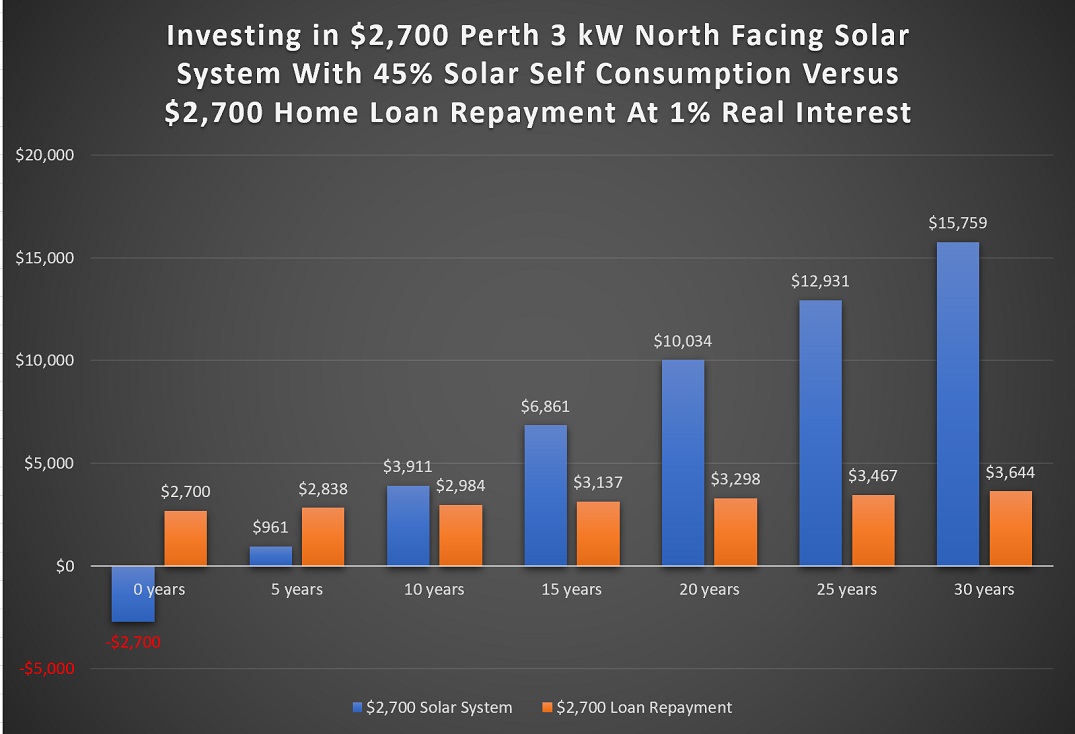
It takes under 9 years for a 3 kilowatt solar system that costs $2,700 to be a better investment than putting the money towards paying off a home loan. As this is roughly 2 years earlier than with a 6.6 kilowatt system, if rapidly receiving a clear financial return is what’s most important to you, this is the way to go.
But before you decide to go with a smaller system, you should consider the following…
- A bigger system will provide greater financial benefit over the long term, and you may end up staying at a location longer than you expect.
- A bigger system will add more value to a home.
- You may be better off getting a bigger system and taking steps to increase your solar self-consumption.
- Home batteries may soon be affordable.
- A bigger system provides more environmental benefits.
Whatever you decide, don’t make the mistake of thinking the investment with the fastest payback period is the best. Instead, it will be the one that makes the most effective overall use of your money, given the alternatives.
Also, you’ll probably really kick yourself if you get an electric car.
Higher Interest Rates
While I don’t think there will be any large increases in real interest rates for home loans anytime soon, it is possible. Also, people may have the opportunity to put their money into investments that offer more than a 1% real return. The good news is that even at a 5% real interest rate, a 6.6 kilowatt solar system clearly becomes a better deal for the average household before the 20-year mark. But if you are a savvy investor who is confident of getting more than a 5% real return then you may only be better off financially if your solar self-consumption will be above the average of 23%.
But if you are a savvy investor then you are likely to be rich and rich people usually have above average electricity consumption and therefore high solar self-consumption. Even if this isn’t the case, making the effort to improve your solar self-consumption could be the best investment you can make — especially if home batteries fall rapidly in price. But even if you don’t want to bother making the effort, if you’re a rich bastard get solar panels anyway. It’s good for the environment, and you’ll have a nicer planet to enjoy in your retirement.
Solar Still Worthwhile For Low Self Consumption Homes
If your Perth home has low solar self-consumption, most likely because there usually is no one at home during the day, then your best option is probably to increase your solar self-consumption. An electric hot water system with a small heating element and a simple timer that switches it on during the day can quickly boost self-consumption from 12% to well over 25%, with the exact amount depending on how much hot water your home uses.
But if you’re not interested in doing this or you just want to know if solar power is still financially worthwhile with low self-consumption, I’ll calculate what I’ll describe as a realistically worst-case scenario. For this, I’ll use west facing solar panels with 12% self-consumption. I’ll assume the average feed-in tariff received will be 4.4 cents while keeping all other assumptions the same:
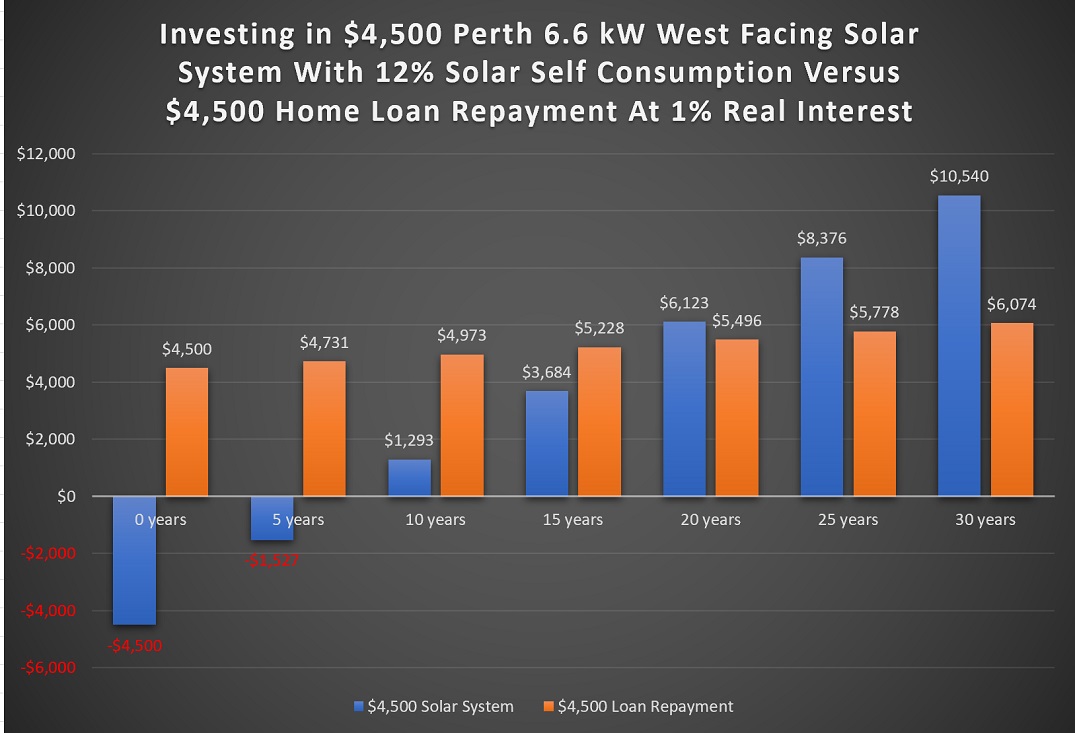
As you can see, investing in solar does provide a better financial return, but it does take nearly 19 years. Rather than put up with over 18 years to reach the obvious break-even point, it’s going to make far more sense for Perth households in this situation to increase their solar self-consumption. Before too long, I expect affordable home batteries to dramatically change the situation, but right now spending around $1,500 replacing a gas hot water system with an electric one and using one of the following…
…can easily shift a home from very low solar self-consumption to average or higher. This one change could easily put a home thousands of dollars ahead by the 20 year mark or considerably more if they stop using gas entirely and so not need to pay the daily supply charge.
Go Solar And Increase Self Consumption
Australians now own the same home for an average of over 11 years. As homes with average solar self-consumption are likely to come out financially ahead well before that, it’s still going to make sense for the majority of homeowners in Perth to get solar, despite the recent cut in feed-in tariffs. Provided they have an unshaded roof they can pay off their home faster with solar panels than without.
For Perth people who know they are only likely to stay in their home for around 5 years, it’s still possible to get a financial return by getting a small solar system or by simply increasing solar self-consumption. I expect cost-effective home batteries will allow this before too long, but getting rid of gas is an effective method and simply setting appliances so they switch on during the day can make a significant difference.
Footnotes
Original Source: https://www.solarquotes.com.au/blog/solar-worth-it-perth/

